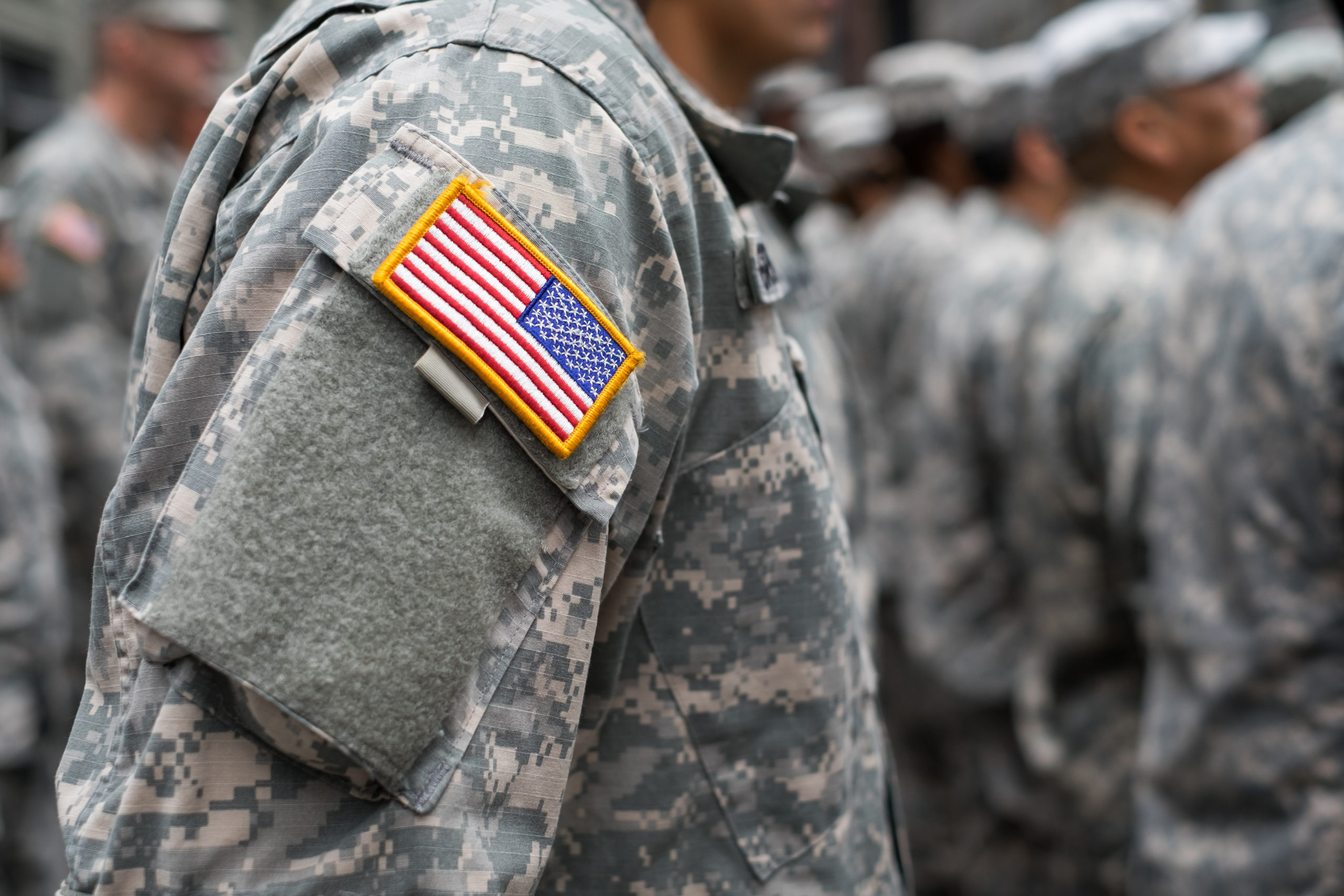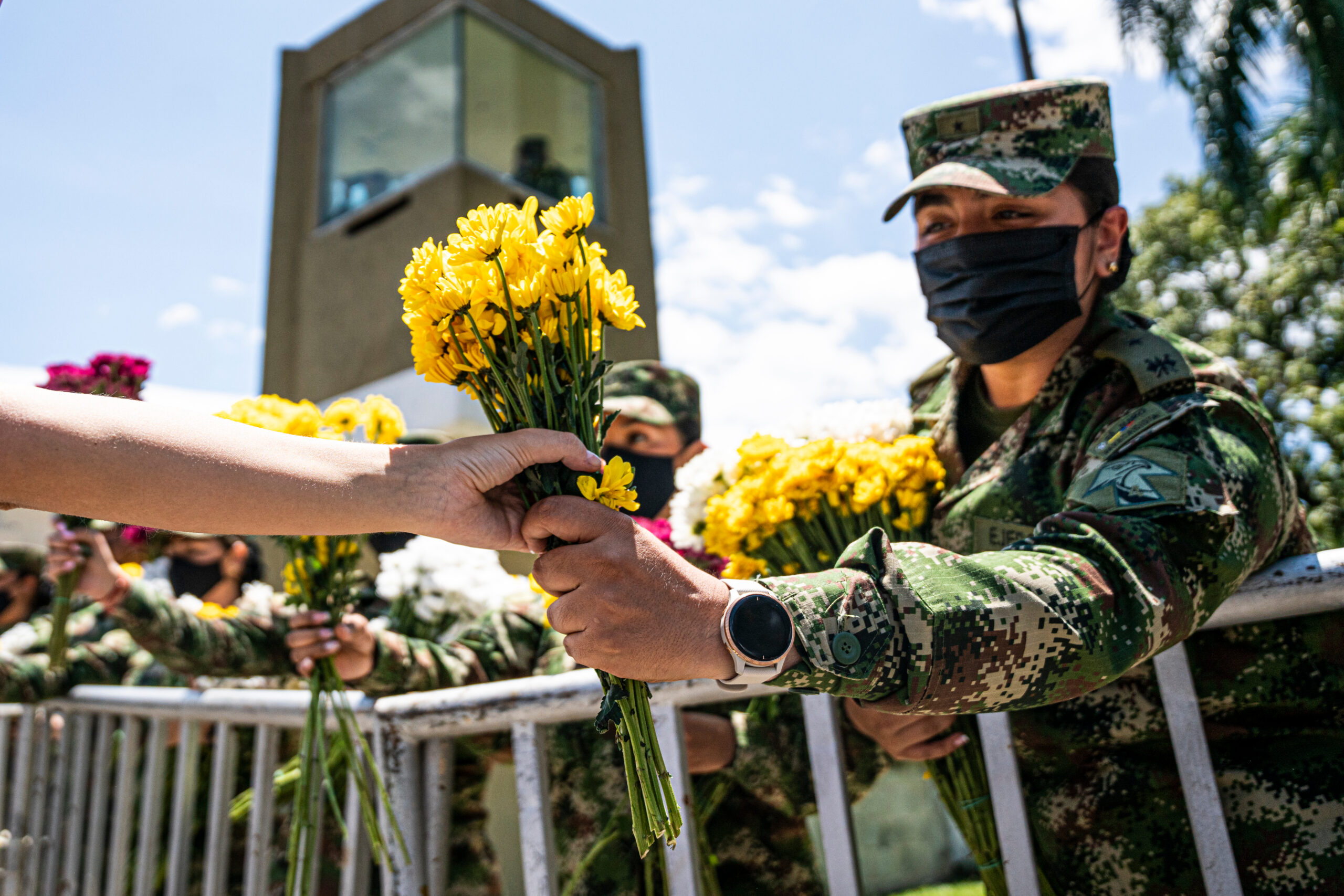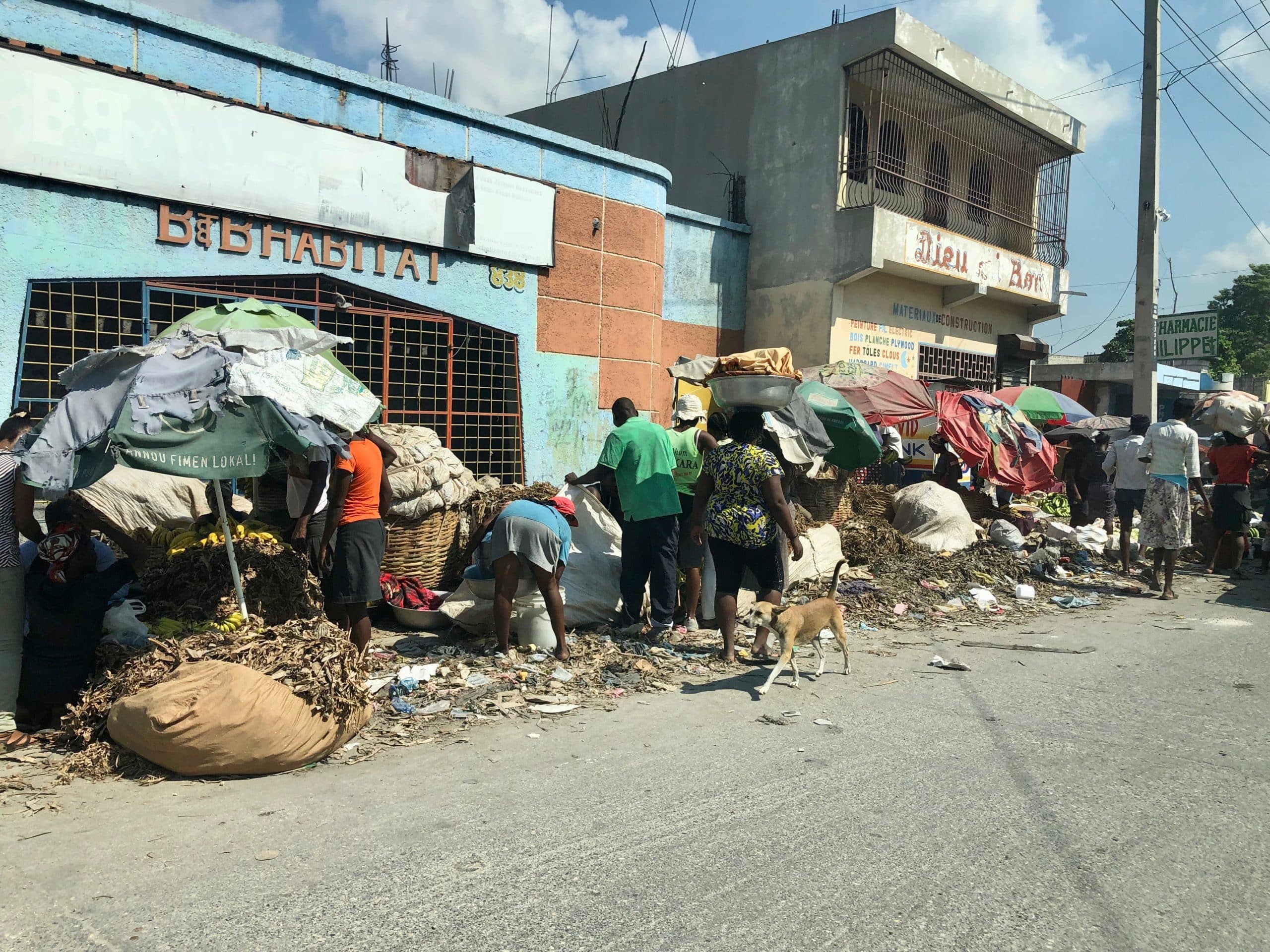The global peacefulness has deteriorated for the ninth year consecutively due to the post-COVID increase in civil unrest, political stability and the global acceleration of internal and external conflicts. Let us explore the peace dynamics in the American continent in the face of falling peacefulness.
North America displayed the most significant improvement among all regions in the 2023 Global Peace Index (GPI) report, with a 0.84 per cent increase in peacefulness. Ranking as the third most peaceful region, North America consists of only two countries: Canada, which saw a 2.9 per cent increase in peacefulness, and the United States, experiencing a slight decline of 0.38 per cent. There exists a notable disparity in peace dynamics between the two countries, with Canada ranking as the 11th most peaceful globally, while the United States stands at 131st.
To know more about the dynamics of peace in other regions read Exploring Regional Peace Trends in 2023.

While all three GPI domains improved in the region, specific indicators like homicide rate, perceptions of criminality, and weapons exports experienced deterioration. North America scores higher than the global average on Safety and Security and Ongoing Conflict domains but faces challenges in the Militarisation domain, particularly concerning military expenditure and weapons exports. Overall, Canada’s improvements were driven by advancements on the Ongoing Conflict and Safety and Security domains, while the US faced deterioration in peacefulness, particularly in the perceptions of criminality and homicide rate indicators.
South America experienced a slight deterioration in peacefulness in 2023, owing to deteriorations in Ongoing Conflict and Safety and Security. The average level of peacefulness in South America rose by 0.33 per cent over the past year, with three countries recording improvements and eight recording deteriorations. The deterioration in peacefulness in the region was driven by increases in internal conflicts, violent demonstrations and incarceration rates. The region is the fifth most peaceful overall.
Uruguay remains the most peaceful country in South America for the fourth consecutive year. It is the only country in South America to be ranked amongst the 50 most peaceful countries globally. Uruguay recorded a slight deterioration in peacefulness over the past year, with a 0.4 per cent deterioration in its overall score. This deterioration was driven by increases in violent demonstrations and the incarceration rate. Uruguay also suffered a deterioration in political instability in 2022.
Colombia has the lowest levels of peacefulness in the region, although it did record a small improvement in its overall score over the past year. All six of the Militarisation domain indicators improved in 2022, with the largest improvement occurring on the UN peacekeeping funding indicator. However, despite the overall increase in peacefulness, Colombia experienced a deterioration in political stability throughout 2022.
In the run-up to the May 2022 presidential elections, social unrest increased as opposing sides became further polarised and divisive, deteriorating peace dynamics. Tensions related to deep divisions within Colombian society remained high even after the election of the current president Gustavo Petro.

Peace dynamics in Argentina recorded the largest improvement in the region and now ranks 54th in the overall GPI. The Militarisation and Safety and Security domains both recorded improvements, with no change recorded on the Ongoing Conflict domain. The largest improvement occurred in the violent crime indicator.
Violent crime is less of a concern in Argentina than in most of Latin America. According to Argentina’s Ministry of Security, the homicide rate in the country was 4.6 per 100,000 inhabitants in 2021, which was well below the regional and global averages. The previous government made progress in improving policing practices and markedly reduced rates of violent crime from 2015 to 2019. This improvement in violent crime has been maintained throughout 2022.
Ecuador experienced the largest deterioration in overall score, owing to increases in violent crime and deaths from internal conflict. Ecuador’s overall score deteriorated by 6.9 per cent, leading to a fall in the rankings of 24 places, to 97th overall. Instances of violent crime became more frequent in Ecuador over the past year owing to the rise in power and prominence of organised crime groups, and a subsequent surge in homicide. In 2022, the regions of Guayaquil, Duran and Samborondon recorded three times the level of violent crime as the same period in 2021, with the homicide rate increasing past 25 per 100,000 inhabitants.

Central America and the Caribbean recorded a deterioration of 0.71 per cent in 2023. Of the 12 countries in the region, only Panama, Honduras, Haiti and El Salvador recorded a decline in peace. The domains of Ongoing Conflict and Safety and Security deteriorated in 2023, while the Militarisation domain observed an improvement in all indicators except the armed services personnel rate. The overall fall in peacefulness was largely driven by a large deterioration in political instability as well as neighbouring countries relations, which deteriorated by 5.3 and 4.2 per cent respectively.
Costa Rica is the most peaceful country in the region and is ranked 39th overall in the 2023 GPI. It recorded the largest improvement in the peacefulness of any country in the region, owing to improvements in the violent demonstrations, incarceration rate and perceptions of criminality indicators. Both the Militarisation and Safety and Security domains improved, while the Ongoing Conflict domain experienced no change. Political stability improved towards the end of 2022.
Costa Rica also has one of the lowest poverty rates in Central America and the Caribbean, which in part explains the low levels of social unrest in 2022.
Mexico is the largest and most populous country in Central America and the Caribbean was the least peaceful country in the region in 2023. However, it recorded a 0.65 per cent improvement in the 2023 GPI, rising three places in the rankings to 136th overall. The improvement was driven by improvements in the militarisation domain. More than half of its GPI indicators remained stable between 2022 and 2023, while only three indicators were exacerbated during the period: the incarceration rate, violent demonstrations and external conflicts fought.
Despite advancements, Mexico continues to grapple with a substantial count of fatalities arising from internal conflicts. The ongoing confrontation between government forces and criminal entities remains a significant menace to internal peace.
Haiti experienced the most substantial decline in peace within the region, marking the second-largest deterioration in the 2023 GPI. Peacefulness levels decreased across all domains assessed by the GPI. The deterioration in peacefulness was due to the increases in the intensity of internal conflict, violent crime and political instability. The intensity of internal conflict deteriorated significantly in Haiti throughout 2022.
The nation has plunged into a state of profound instability, marked by the dominance of diverse organized criminal factions that exert control over significant portions of the country. These groups have initiated acts of violence against both civilian populations and government security personnel. Efforts by the government to establish a robust security strategy have faced significant obstacles.
Moreover, the nation has encountered consistent postponements in conducting elections, along with instances of collaboration between government officials and organized criminal entities.
Produced by the Institute for Economics and Peace (IEP), the Global Peace Index (GPI) is the world’s leading measure of global peacefulness.